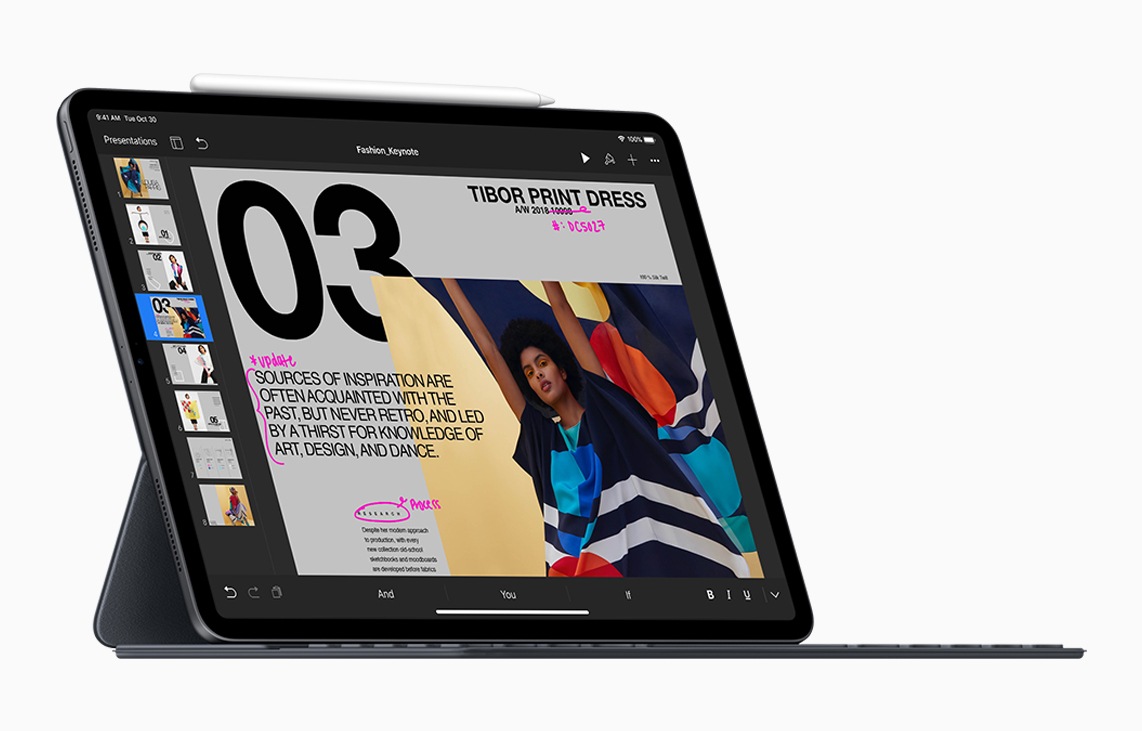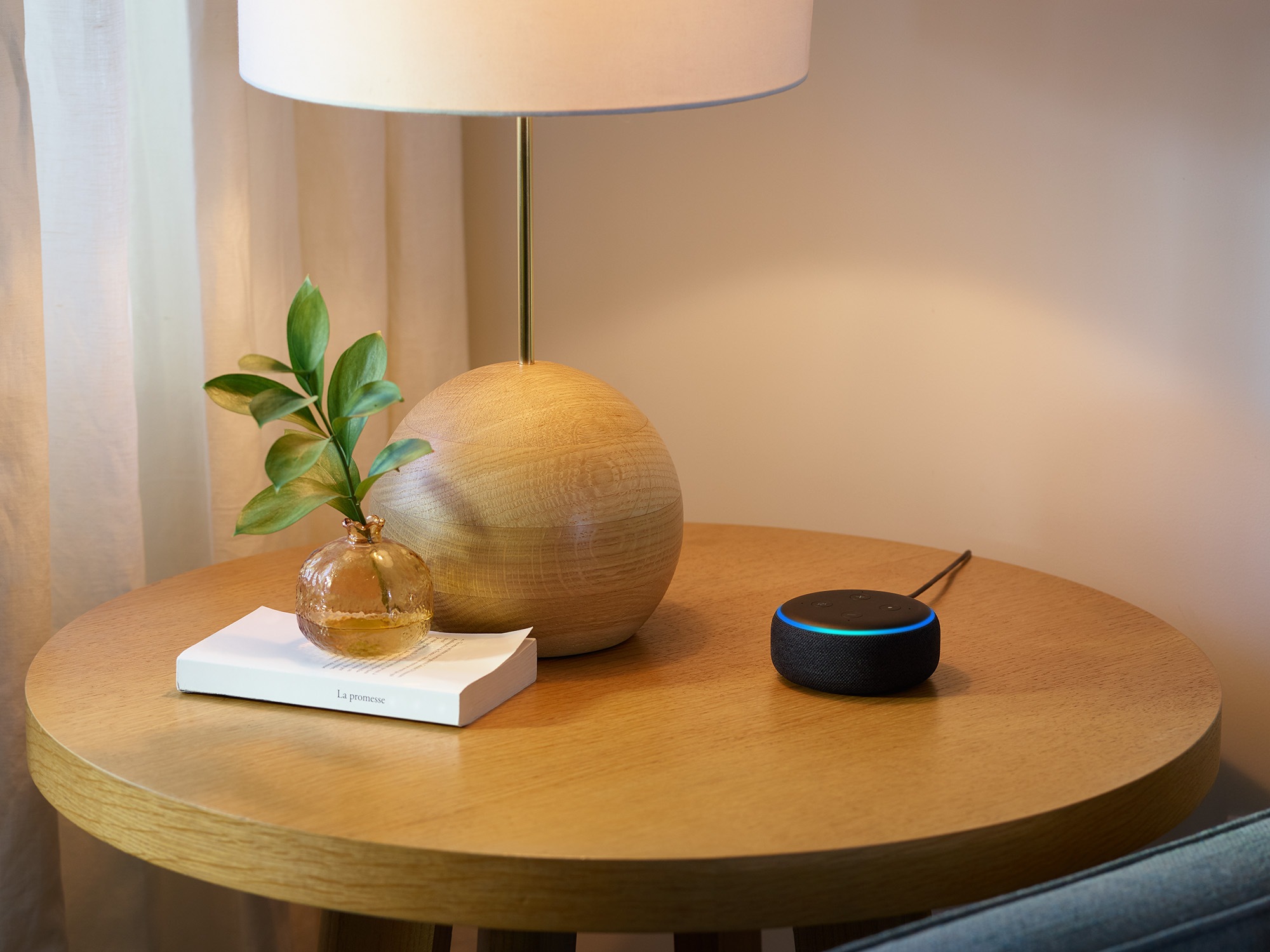Apple recently released a support document on how to use the Apple Pencil 2 updated. According to this, the new Apple pencil is supposed to interfere with the signal of keyless entry systems – but only in a specific case.
Many modern cars have a keyless entry system. This function makes it possible to unlock a vehicle without actively using the car key (i.e. "keyless") and to start it by simply pressing the start button. This is made possible by a special key with a chip that the vehicle user carries with them. As soon as the hand comes within a few centimeters of the door handle of a vehicle equipped with a keyless entry system, the system is woken up from the so-called "sleep mode" with the help of a capacitive or optical proximity sensor and can therefore be opened.
Apple Pencil 2 interferes with the signal
During this process, a signal is sent from the key to the car - now the Apple Pencil 2 is supposed to prevent exactly that - unintentionally. According to the updated support document, the problem is limited to second-generation Apple Pencil models that are inductively charged with a third-generation iPad Pro. Apple describes the case as follows:
"If you charge your Apple Pencil (2nd generation) with your iPad Pro and your car's keyless entry device (key fob) is nearby, signal interference may prevent you from unlocking your car with your key fob. If this happens, you can simply move iPad Pro away from the key fob, or remove Apple Pencil from iPad Pro and store it separately. After charging Apple Pencil, any resulting signal interference will stop."
Inductive charging systems such as Apple's and wireless charging standards such as Qi rely on electromagnetic fields to power electronic devices. Depending on the configuration, inductive technology can in some cases cause interference with low-power radio signals. Therefore, any user with such equipment can be affected by the problem.
You are currently seeing a placeholder content of standard. To access the actual content, click on the button below. Please note that data will be passed on to third-party providers.





